Not thought of cycling in Uruguay before? Neither had we…
Uruguay is one of South America’s smallest countries and it’s unlikely to be on your cycling bucket list. It’s possibly not on your travel radar at all. Truth be told, it wasn’t on ours.
So, we were delighted when Epic Road Rides reader, Louisa Woolf, got in touch to tell us why Uruguay is a dream destination for those looking to go cycling in South America.
Louisa is an experienced bike tourer who recently spent nine months cycling in South America. She ended up in cycling in Uruguay by chance. In the end, one month here in 2023 was not enough and Louisa visited again for a further month in March 2024.
Louisa is keen to share her knowledge and enable more cyclists to experience cycling Uruguay for themselves. Keep reading to discover Louisa’s favourite cycling routes in Uruguay and why she believes Uruguay should be on every cyclist’s wish list…
Overview of Uruguay
Uruguay is one of South America’s best-kept secrets. It’s home to some of the best beaches, friendliest people, and quietest roads out there.
Location
Uruguay is a small country sandwiched between Argentina’s Rio de la Plata on the west, and the south of Brazil to the north. It borders the Atlantic Ocean to its east and south.

Map of South America, with Uruguay in brown between Brazil and Argentina
What’s it like
Cycling in Uruguay feels safe and is generally easy to do (more on that in a minute). It’s your chance to take in the incredible scenery of this country from the saddle, and gain an authentic insight into the real South America.
Uruguay’s population is just over three million and around half live in its capital city, Montevideo.
The country is home to over 600 kilometres of coastline. Much of Uruguay’s coast is rideable and dotted along it are many sweeping, unspoiled beaches.
Further inland, you find flat plains and peaceful countryside. There are gentle rolling hills in the north, which gradually give way to the highlands of Southern Brazil.
Why visit Uruguay as a cyclist?
Hospitality
For many people, Uruguay evokes images of colourful and nomadic gauchos. (For anyone unfamiliar, gauchos are skilled horsemen working across the vast pampas of Uruguay and Argentina.)
Here, gaucho culture is rooted in the act of doing ‘gauchadas’, meaning, ‘to do good things’.
The gauchos play an important role in the hearts of Uruguayans. They are markers of national identity, heritage and pride in championing hospitality, friendliness and helpfulness.
In my experience, gaucho values have percolated into the mainstream Uruguayan culture. The people I’ve met while riding here are some of the most pleasant, supportive and accommodating people I have met anywhere whilst cycling.
This is what makes Uruguay so good for bike touring in South America. It feels so safe.
Flat terrain
With much of the country only just above sea level, riding your bike here is incredibly easy. In fact, the highest point in Uruguay is just over 500 metres.
This means Uruguay is the perfect place for those new to cycle touring (more on that below).
Limited altitude does mean Uruguay lacks big, gruelling climbs. So, if you’re a road cyclist in search of cols to conquer, it may not be for you.
However, it is hard not to fall for Uruguay’s tranquil, warm, laid-back charm. Experienced road cyclists can also still enjoy the quality of the roads. The country’s flat terrain means it’s possible to cover long distances in a day, without being disturbed by too much traffic.
Plentiful towns and refuel options
Anyone looking for a multi-day bike tour will love the relatively short distances between towns. There are also frequent opportunities to refuel on supplies as you cycle. You also find plenty of great places to stop for a couple days to rest and enjoy the landscapes.
Uruguay is a wonderful place for anyone who is slightly nervous about bike touring.
Similarly, if you are craving peace, tranquillity and a relatively stress-free adventure, Uruguay is a wonderful place to cycle.
Varied accommodation options
As for those planning to camp, there are many epic and unspoilt places in Uruguay. The coastlines incredible beaches are a great place to start and serve up stunning views from your tent.
There are also some beautiful accommodation options to choose from if you prefer a little more luxury whilst cycling Uruguay.
Quiet, well-maintained roads
Uruguay is known to be one of the most affluent countries in Latin America.
It is generally extremely well maintained.
The roads are paved and in good condition in most of the country. This is especially obvious when you stick to the more populated coastal regions. The roads are also generally flat and quiet. They typically come with a reasonable hard shoulder and I found that drivers in Uruguay also tended to be quite considerate.
There are opportunities to explore off-the-beaten track gravel routes should you desire, particularly when you venture inland. However, I stuck to the coastline whilst exploring here and my routes featured below reflect that.
Cycling culture
Uruguayan warmth and hospitality is extended to cyclists visiting here too.
Cycling on roads is welcomed and plenty of people do it, thanks to the fact they’re well maintained, flat, and generally very quiet.
It’s also quite common to pass groups of road cyclists, particularly around Punta del Este. It is even more common to hear an encouraging ‘Vamo’ Arriba!’ yelled from a passing car.
Of course, navigating big cities always requires having your wits about you. But anywhere outside of the capital Montevideo feels very calm. Even cycling in the capital is pretty enjoyable thanks to its extensive network of cycle paths, and Uruguayan considerateness.
4 best regions and cycling routes in Uruguay
By and large, the routes I took hugged the coast on both of my trips to Uruguay. I think the most interesting and beautiful parts of the country are along the coast and the four regions below cover all of the touristic points of interest that Uruguay has to offer.
Colonia del Sacramento, Montevideo and Maldonado are certainly the most accessible parts of the country. Rocha is a bit further off the track, but still has lots of interesting places to visit aside from the riding.
Colonia del Sacramento
Colonia del Sacramento is one of Uruguay’s most picturesque towns.
The colonial influence is obvious here, not only in its name, but in its picturesque, cobbled streets, mediaeval walls and colourful houses.
This town is a great option for anyone entering Uruguay via the ferry from Buenos Aires, across the Rio de la Plata. It’s a spectacular way to enter the country. You are treated to incredible views of the city from the water.
Interestingly, Colonia was Uruguay’s first European settlement and both the Spanish and Portuguese influences are well preserved. It has been recognised by UNESCO as a place of Historical and Cultural Heritage of Humanity. It is a real romantic gem with an abundance of beer gardens, cafes spilling onto the cobbles, craft shops and little boutiques.
Cycling route: Colonia del Sacramento to Carmelo
GPX DownloadTerms of use reminder
Starting from Colonia, a lovely 80-kilometre (50 mile) ride takes you along a quiet road on the banks of the Rio de la Plata through vineyards and farmers’ fields to Carmelo.
The road is gently undulating and quiet.
You pass a few very small towns where you could pick up essentials from a newsagent, but there are no notable places to refuel.
Once you arrive in Carmelo you’ll find a nice beach for a refreshing post ride dip. The city is also known for its wineries, and there are many to explore.
Top tip
In Carmelo, I wild camped (something I probably wouldn’t recommend). There is a beautiful hotel and vineyard just outside Carmelo called Narbona Wine Lodge which I didn’t stay at – but it looks and sounds amazing!
Montevideo
Montevideo is located on the south coast of the country, on the banks of the Rio de la Plata.
The capital, more than likely going to be your first or last stop when biking Uruguay. It is a lovely, relaxed city to spend a couple of days exploring.
It’s also a good place to organise bike rental, with plenty of bike shops found here.
More than half the population of Uruguay live here, and it’s easy to see the high quality of life they enjoy. This attractive city is super clean, with beautiful city beaches. It is also full of good food, with plenty of art galleries and cultural sights to keep you entertained off the bike.
As for cycling, the city is home to a well-maintained and well-loved cycle path known as the ‘rambla’. It stretches far along the Rio de la Plata and along the coast beyond the limits of the city. It’s the perfect way to arrive at Montevideo and get your bearings.
Top tip
At sunset Montevido’s rambla cycle path is particularly beautiful. It hugs the Atlantic coast for over 20 kilometres. Passing the beaches and grass verges full of Montevideans enjoying the evening sun with some gentle exercise or drinking mates.
Cycling route: Montevideo Rambla to Bodega Bouza
GPX DownloadTerms of use reminder
There are an array of bodegas just outside the city, showcasing the best of the Uruguayan wine scene. They make for a great day trip from the capital.
Just a 20 kilometre ride from Montevideo, and set within the peaceful suburb of Melilla, is Bodega Bouza. This is a fantastic place where you can enjoy tours, wine tastings, or a delicious lunch in either of their two restaurants. It’s the ultimate place to get a glass of Tannat (one of the country’s best loved wines).
I did this ride as a day trip from Montevido, so no accommodation tips!
Top tip
Those interested in wine, and who fancy a little luxury, won’t want to miss the Bodega Bouza restaurant found in the vineyards of Las Espinas in Piriápolis. This is about 100 kilometres up the coast from Montevideo. Here you can try some delicious Uruguayan asado (a traditional open fire barbecue) with truly sublime views of the surrounding countryside.
Maldonado
The department of Maldonado is in the southeast of the country.
It is home to an impressive art scene, large natural lakes, nature reserves, chic seaside towns, stunning beaches, and incredible food.
En route to Maldonado you will pass Punta del Este, a buzzing city that could make a good cycling base for your Uruguay cycling trip.
It’s a Miami-esque beach city about 140 kilometres up the coast from Montevideo. It is full of smart restaurants, chic boutiques, exclusive hotels and a buzzing harbourside.
Travel connections via bus are great to and from Punta, you can carry your bike on them for a small extra charge. It makes it a convenient place to launch a trip exploring the rest of the coast and the north of the country.
You’ll notice that Punta del Este is a sporty city. It’s full of skaters and surfers, and every year it hosts its Ironman festival. So, it’s a great spot to rent a bike, find a mechanic, or buy any last-minute gear you need.
But there are many more gems in Maldonado to explore…
Cycling route: Piriápolis to Garzón
GPX DownloadTerms of use reminder
Follow the quiet coastal road from Piriápolis northwards, enjoying the ocean views and vast sweeping beaches. Set off early to enjoy all the sights on this 128-kilometre ride.
Next you will meet Punta del Este, a buzzing beach resort which plenty of places to refuel or grab a refreshing drink. Continue along to explore the tranquil towns of La Barra, El Tesoro and Manantiales, not skipping a small detour to the Pablo Atchugarry sculpture park.
From here the gorgeous town of José Ignacio awaits. It is home to beautiful mansions and fishermen huts, delicious food and one of the best beaches in the world with a striking lighthouse on the headland.
Finally, you’ll explore Laguna Garzon, with its intriguing circular bridge, expansive nature reserve and resident flock of flamingos. About 30 kilometres inland from the Laguna, you will reach Pueblo Garzon. This is a colourful town which feels stuck in time. Garzón has lots of colonial architecture, as well as a disused railways and an old wooden train graveyard.
Pueblo Garzon has become an interesting little art hub and has a beautiful Michelin star restaurant and hotel – a great place to take enjoy a well-earned meal after a day in the saddle.
Top tip
Don’t miss Punta Ballena, a pretty cliffside town on a headland, named for its whale watching opportunities. It’s just a 2 kilometre detour from the main road.
Here you could tour Casapueblo, a striking and whimsical whitewashed building. It is home to the life’s work and studio of Uruguayan artist, Carlos Páez Vilaró. The building is now a museum and gallery.
If you want to break up this bike route in Uruguay, check out the Negrita Hostel, in La Barra. This resort is just 11 kilometres up the coast from La Punta Este and has a much more laid-back vibe (and less high-rise hotels).
The hostel host is incredibly friendly with excellent local knowledge. Evening supper clubs are also hosted throughout the summer.
Rocha
The Rocha department borders Maldonado to the north and is also located on the Atlantic. This makes it Uruguay’s northernmost coastal department.
Over 95% of Uruguayans live in the southern half of the country. This means that the roads in Rocha are always lovely and quiet.
In Rocha there is almost 200 kilometres of wild, unspoilt coastline to explore, with the road hugging the coast for much of the route.
There are bohemian seaside towns to detour to as well as a vast area inland of countryside. The roads are so quiet that cars rarely pass you.
The landscape is vast and flat. Occasionally you pass gauchos in the fields. You’ll also pass by many small villages, amazing wine bodegas and eucalyptus forests. The main roads are perfectly surfaced and there’s lots of opportunities to head inland onto even quieter gravel roads.
Cycling route: La Paloma to Punta del Diablo
GPX DownloadTerms of use reminder
The department of Rocha stretches as far north as the Brazilian border. This 126-kilometre route takes you along this beautiful stretch of coastline.
The route starts from La Paloma, a small and lovely town near the Maldonado border.
Follow the coast north past La Pedrera, an arty seaside town. Next you will pass Cabo Polonio, a fascinating little hamlet with no running water, roads or electricity. It is only accessed by crossing the dunes by buggy – this is well worth a detour (if you have the time).
A little further north is a charming fishing town, Punta del Diablo with a laid-back vibe, epic waves and unspoilt beaches.
Top tip
Don’t miss the nearby Santa Teresa National Park, a large nature reserve full of wildlife. There are huge numbers of birds, apereá (like a cute guinea pig, it’s from Brazil), deer, otters, and loads of capybaras.
There are truly beautiful camp spots overlooking the ocean and cabin accommodation is available too. The sunsets along this coastline are absolutely magical.
Do you need an organised tour for Uruguay?
There are a few companies offering organised bike tours in Uruguay. However, they often showcase a more luxurious side of the country – and this of course comes with a cost.
Uruguay’s flat terrain, well-paved roads, relatively short distances and ample tourist infrastructure mean it is generally easy to explore without the need for an organised tour.
I absolutely loved exploring under my own steam in Uruguay. I think other bike tourers would also find this relatively straightforward too.
Accommodation (and self-supported biking) in Uruguay
From Montevideo all the way up the coast, you won’t struggle to find beach towns with plenty of hostels, Airbnbs and hotels. These typically range in luxury levels to suit your budget.
This kind of accommodation is abundant in the south of the country and up to the city of Maldonado. Even as you reach the town of Rocha further north, you won’t have to travel more than about 50 kilometres to reach the next town and possible accommodation options.
For those planning to camp, wild camping is legal in Uruguay. Particularly as you travel north, you will find beautiful secluded, beachside spots to pitch your tent for the night.
In each town, you will have the opportunity to refuel food, water, and any other supplies so an unsupported trip in Uruguay is pretty easy to coordinate.
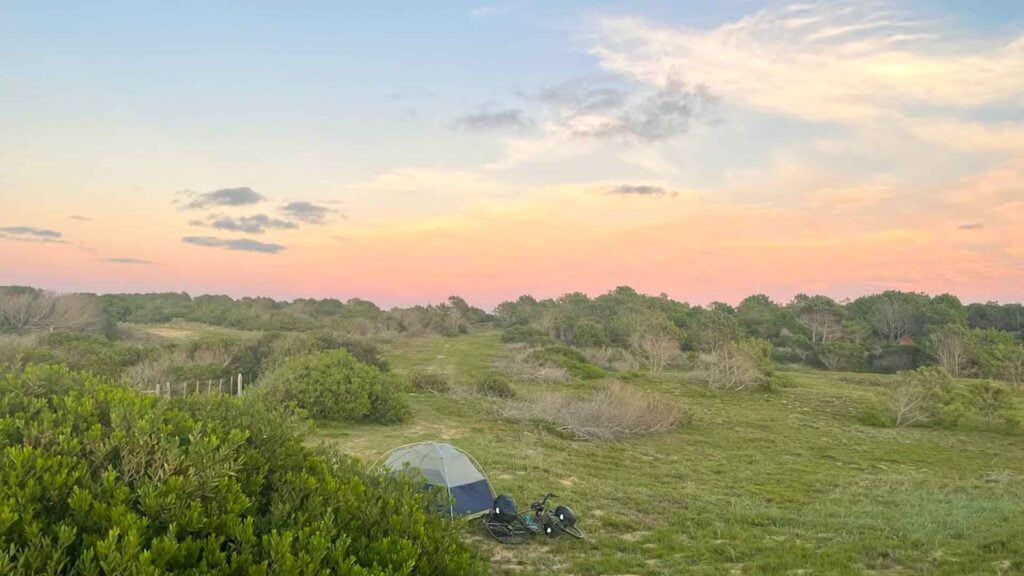
Wild Camp, Rocha
Cycling events in Uruguay
With so many quiet roads that are great for cycling, it’s no wonder Uruguay has some thrilling cycling events based here. Here are some worth checking out if you’re planning on cycling in Uruguay…
GFNY Colonia
The GFNY Colonia race takes place from the town of Colonia del Sacramento. It offers either a 160-kilometre, or an 80-kilometre road race that heads westwards towards the Argentinian border.
The terrain in this part of the country is relatively flat. There are gently rolling hills, rather than any major climbs. Over the 100-mile course there is about 1,100 metres of elevation in total. So you can expect a fast, thrilling race, and a compact peloton.
The route will take you through Uruguayan farmland, olive groves and vineyards. The race takes place in October, which is Uruguay’s springtime.
GFNY Punta del Este
This race’s route takes place along the Atlantic coast.
The main challenge of this race is the wind direction. It is likely to vary and influence your experience and pace. The race takes place in March, after the peak of the tourist season has passed. So, the roads will be quieter, and the weather should be sunny and mild.
The GFNY Punta also offers a longer route and a medium route, of either 146 kilometres or 86 kilometres.
Both routes start from Playa Mansa, a vast sandy beach on the edge of exclusive beach city, Punta.
Heading westward, all riders pass pine forests, affluent suburbs, large lakes and windswept beaches out until the climb up to Punta Ballena. All riders then continue to the sleepy town of Pan de Azucar, with police moderating the traffic across the whole course.
From here, the shorter course loops back to Punta, while the longer course veers inland to face some more challenging climbs.
General tips for cycling Uruguay
When to visit
Uruguay’s summer runs from October to March. Its peak tourism is during January and February, and it is also the hottest time of year.
During these months, the tourist season will be in full swing. You will find a lively atmosphere in lots of the seaside towns up the east coast.
If, like me, you prefer a quieter vibe and empty beaches, March is the perfect time to visit. That’s because the sea is still warm, the days are still sunny, and the restaurants and bars are still open. The roads are also much quieter.
Finding accommodation at this time of year is cheaper and can be done with very little notice. However, by March some of the smaller galleries will have closed for the season. So, if you are enthusiastic about art, perhaps head to Uruguay a little earlier in the year.
Bike hire
If you need to rent a bike for your bike tour in Uruguay, the best place to pick one up is in Montevideo. You will find lots of bike shops and rental services here.
Outside of the capital, Punta del Este has a few bike rental shops. I personally used Rent a Bike during my trip. These guys are particularly good as they have a great range, including e-bikes. They also organise rental drop offs and pickups across Uruguay, saving you having to travel with the bike.
Although you might find the occasional bike rental shop elsewhere along the coast, either Montevideo or Punta will offer the best selection.
Bike shops
You will find a bicicleteria in most mid-sized towns along the coast, particularly those in the general vicinity of Punta del Este.
Further north there will be less options to choose from.
Top tip! If there is no bike shop, it’s worth trying a ferreteria. These are small hardware stores that crop up frequently. They usually sell inner tubes.
Food to try
Don’t pass up the opportunity to try an asado when cycling in Urugay. This is a traditional Uruguayan barbecue feast cooked on an open fire and a large grill. It’s delicious and very meat heavy.
Also worth a try is a Chivito. This is a much-loved typical street food of Uruguay. It’s a serious beef sandwich with a seemingly unlimited number of additions and toppings.
If you’re vegetarian, don’t worry, you’ll find lots of veggie options too. It’s common to see various stuffed peppers and squashes at asados; they’re delicious. For pescatarians, ‘Pescado al Horno’ is also a really nice lightly spiced baked fish dish.
For those with a sweet tooth, try some alfajores from a convenience store. These are essentially two biscuits sandwiched together with dulce de leche and come covered in chocolate. Perhaps this doesn’t offer great nutrition, but it is delicious a quick snack on the bike.
Finally, drinks. Mate, its an infusion from the leaves of a yerba mate plant. Uruguayans are obsessed with mate, so that’s a must-try!
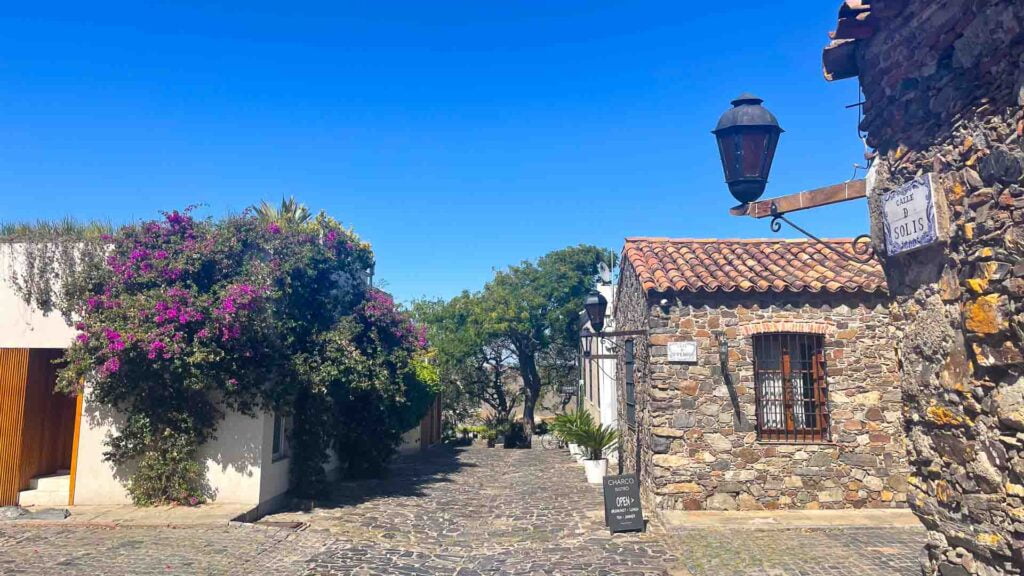
Cobbled Streets, Colonia del Sacramento
Language
English is widely spoken in Uruguay. This is particularly the case in Montevideo and the larger, touristy cities, like Punta del Este and Colonia del Sacramento.
You won’t have a problem getting by without any Spanish in most places in Uruguay, although in some rural areas you might have to rely on non-verbal communication.
As with most places, trying to speak Spanish is often appreciated, and having a bit of Spanish up your sleeve will undoubtedly enrich your experience by enabling you to chat with more people.
A few phrases I used (or heard) regularly include:
- ¡Buen día! – good day
- Gracias – thank you
- un gusto – nice to meet you
- como andas? – how’s it going?
- ¡Vamo’ Arriba! – a popular phrase in Uruguay that translates as ‘come on’ and is an expression of happiness or encouragement
Practicalities of planning a Uruguay bike tour
How to get there
Unfortunately, there are currently no direct flights from the UK to Uruguay. The quickest journeys are usually around 16 hours and involve a layover either in Sao Paulo or Madrid.
However, there are direct flights from the UK to Ezeiza in Buenos Aires. From here you can take a very enjoyable ferry ride over to Uruguay. There are a couple of options so you can either head to Colonia del Sacramento (roughly one hour crossing), or Montevideo directly (roughly 2 hours crossing).
Planning on cycling in South America before or after Uruguay? Flights within South America are often inexpensive.
You can fly directly from Montevideo to a variety of cities, including Santiago de Chile, Buenos Aires, Lima, Bogota and Rio. This makes Uruguay the perfect starting point to settle in, catch your breath and ease in gently to your South American bike tour.
Public transport
Buses are the only form of public transport in Uruguay and they are regular, affordable, comfortable. They’re also very reliable services across all the coastal regions.
Bringing your bike on the bus is also permitted if you are travelling from main bus stations, such as Colonia del Sacramento, Montevideo, or Punta del Este. Be aware! Bringing your bike aboard will cost double.
Budget
Uruguay is certainly not as cheap as its neighbouring countries.
In fact, prices are more comparable to those in European cities, for both food and accommodation. Think $20 per night for a bed in a dormitory and $70 for an Airbnb (as a minimum).
Bear this in mind when budgeting your trip.
Top tip
Be particularly mindful if you’re around the exclusive resorts of Punta del Este or José Ignacio, prices here can be high.
To keep costs down, shop at local fruit and vegetable shops rather than large chain supermarkets. For these, you will need cash (Uruguayan pesos, or US dollars). Otherwise, Visa is widely accepted. Almost everyone will accept US dollars, so it is wise to carry some.
Highway code and travel information
Before you travel to Uruguay, it is worth reading the UK government travel information pages for Uruguay here.
You should also read and follow Uruguay’s highway code.
A huge thanks to Louisa for sharing this amazing insight into cycling in Uruguay. We hope this has inspired a few of you to consider trying a bike trip here in the future. It certainly sounds like it offers some of the best cycling in South America and shouldn’t be missed if you’re exploring this continent by bike.
As always, if anyone has used this guide and found it helpful we’d love to hear from you. Pop us a comment below so we can hear how you got on.
If you liked this article and are looking for more inspiration the following articles might also be useful:
- Guide to cycling Maldonado
- touring tips: tips for solo cycle touring; women’s bike tours; and touring packing list
- for other slightly more far-flung cycling destinations, don’t miss our guides to Cycling in Chile, Cycling Barbados, Cycling Seychelles, Cycling Mexico and cycling Canda, including Calgary to Vancouver and Vancouver Island.
Please support Epic Road Rides
A huge amount of time and effort goes into the article you’ve just read, all with the aim of helping you!
If you found what you’ve read useful, I’d really appreciate it if you dropped something in the tip jar here.
It’s a way you can say thank you and help us carry on creating top quality content with no annoying ads and no pay wall.
Got a question for Louisa?
Fill out this form and we will send it to Louisa. We aim to get you an answer within 24 hours where possible!This article includes details of products and/or services that we have used ourselves or which we would consider using. Some are paid features or include affiliate links or referral codes which we may earn commission from. As an Amazon Associate we earn from qualifying purchases. Please read our disclosure policy for further information.
The contents of this website are provided for general information purposes only. It is not intended to amount to advice and you should not rely on it. You should carry out your own due diligence and risk assessments and take professional advice. Views expressed by interviewees or other users of this website do not necessarily represent our views. We make no representations, warranties or guarantees, whether express or implied, that the content on our website is accurate, complete or up to date. If you use any information or content on this website, download from, or otherwise obtain content or services through our website, it is entirely at your own discretion and risk. Epic Road Rides Ltd disclaims all liability and responsibility arising from any reliance placed on the information and content on this website. Find out more here.

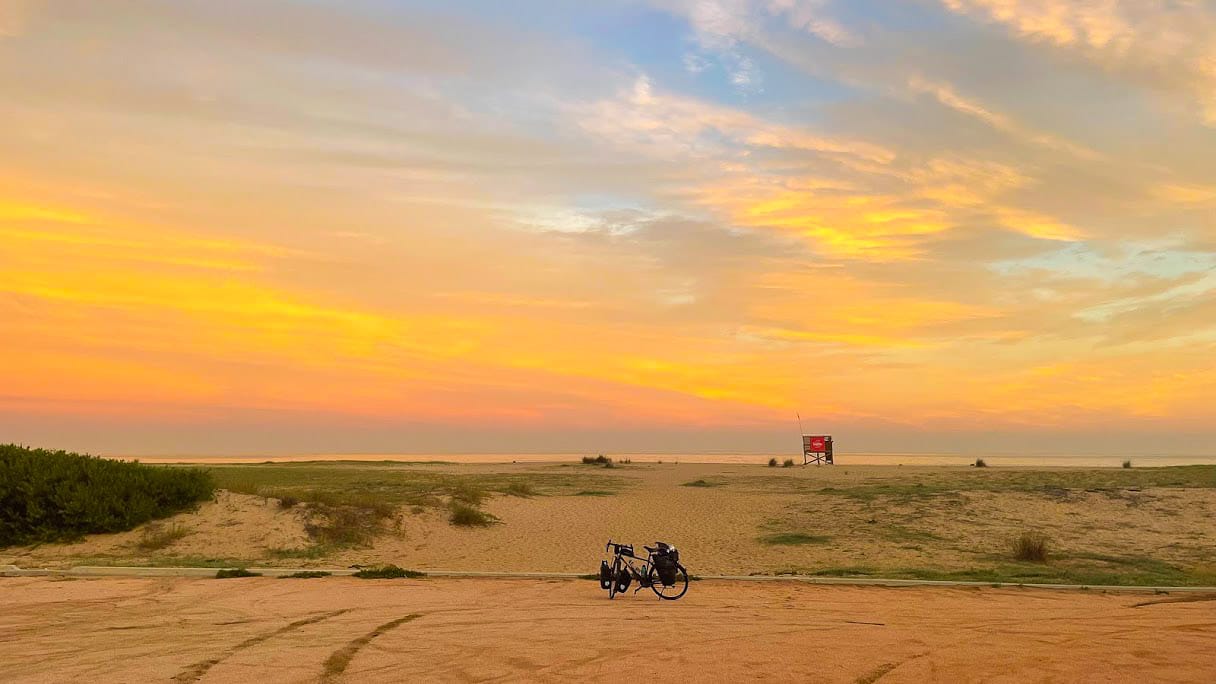
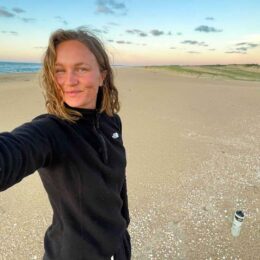

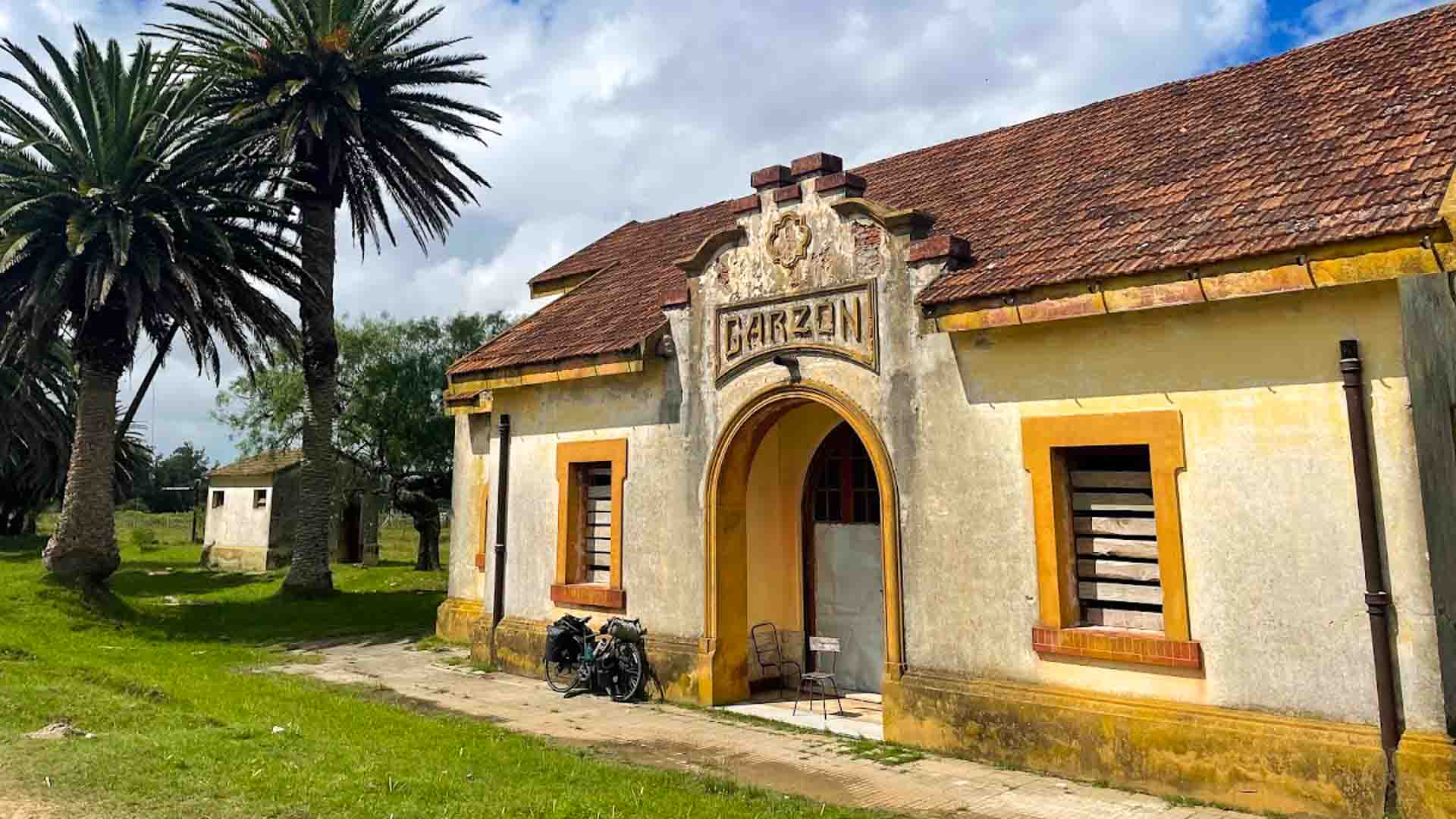
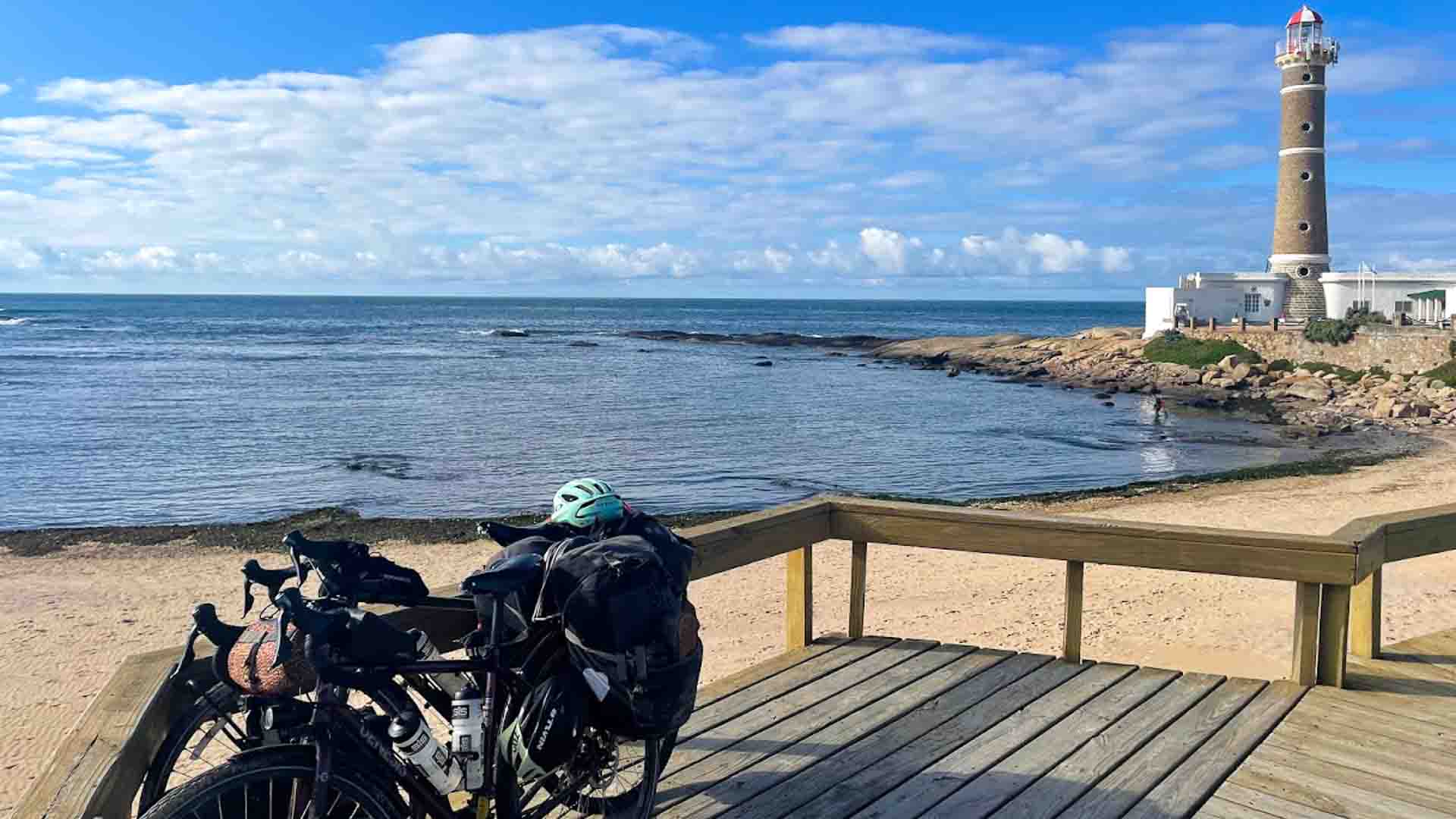
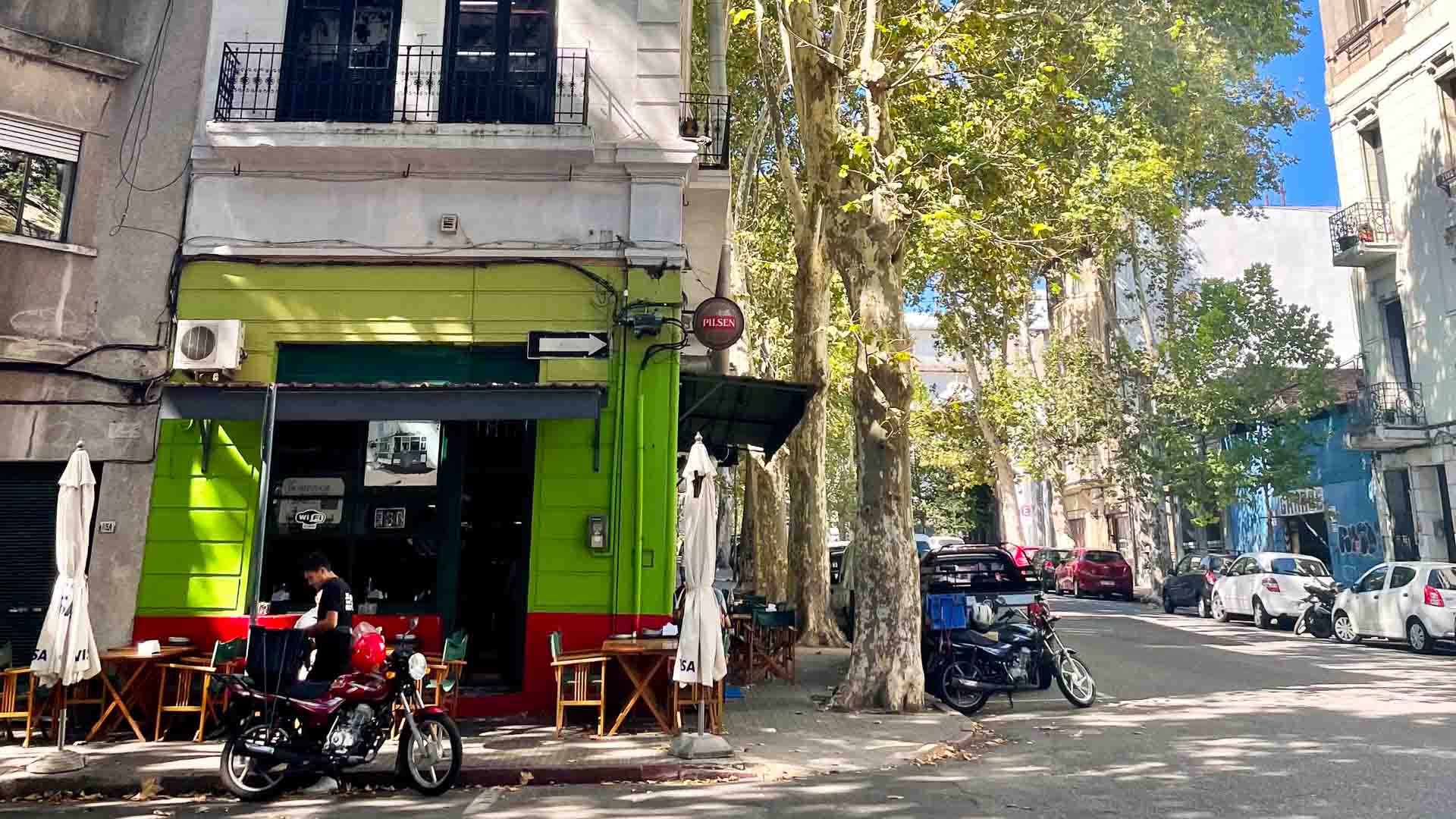
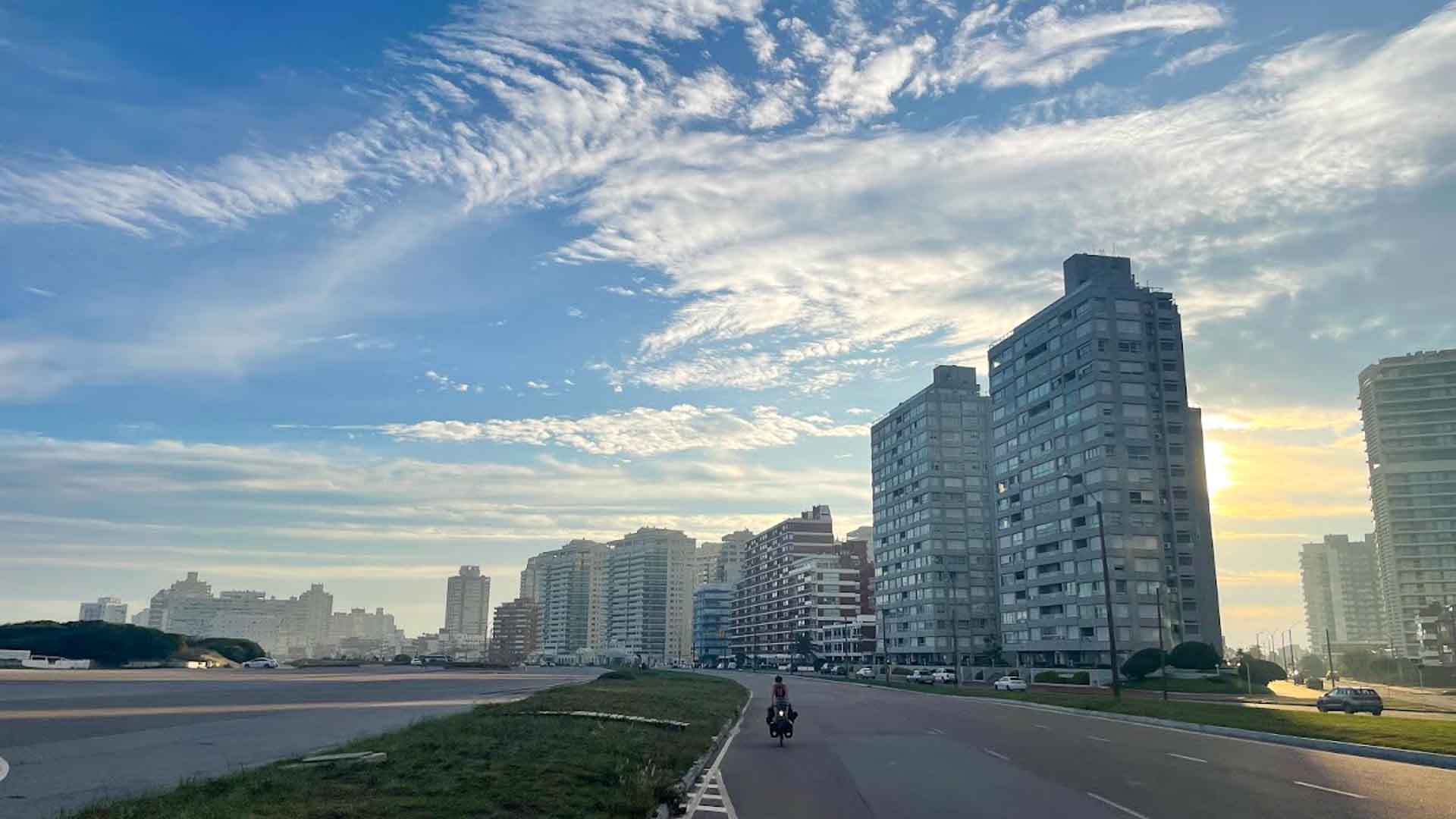
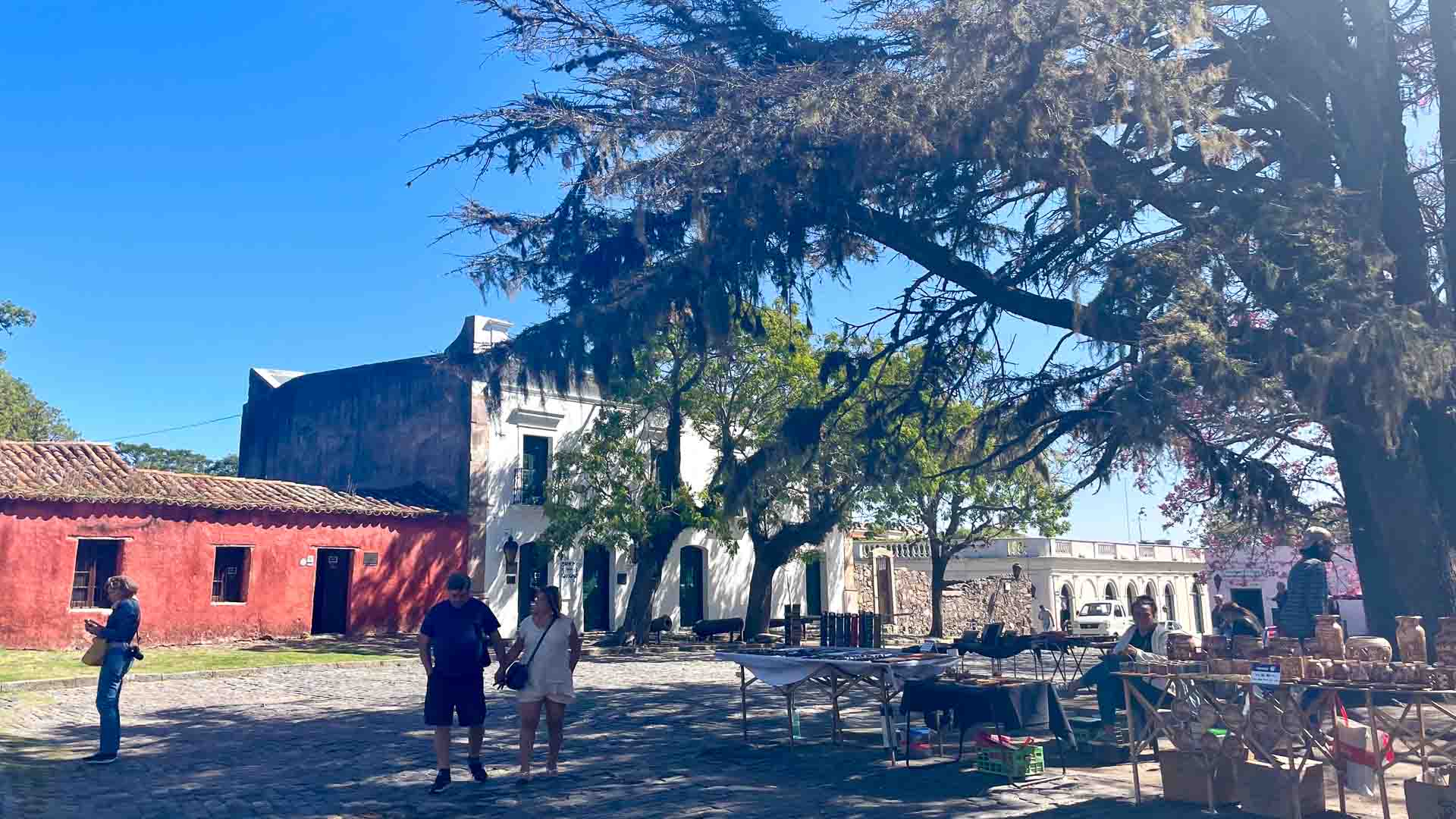

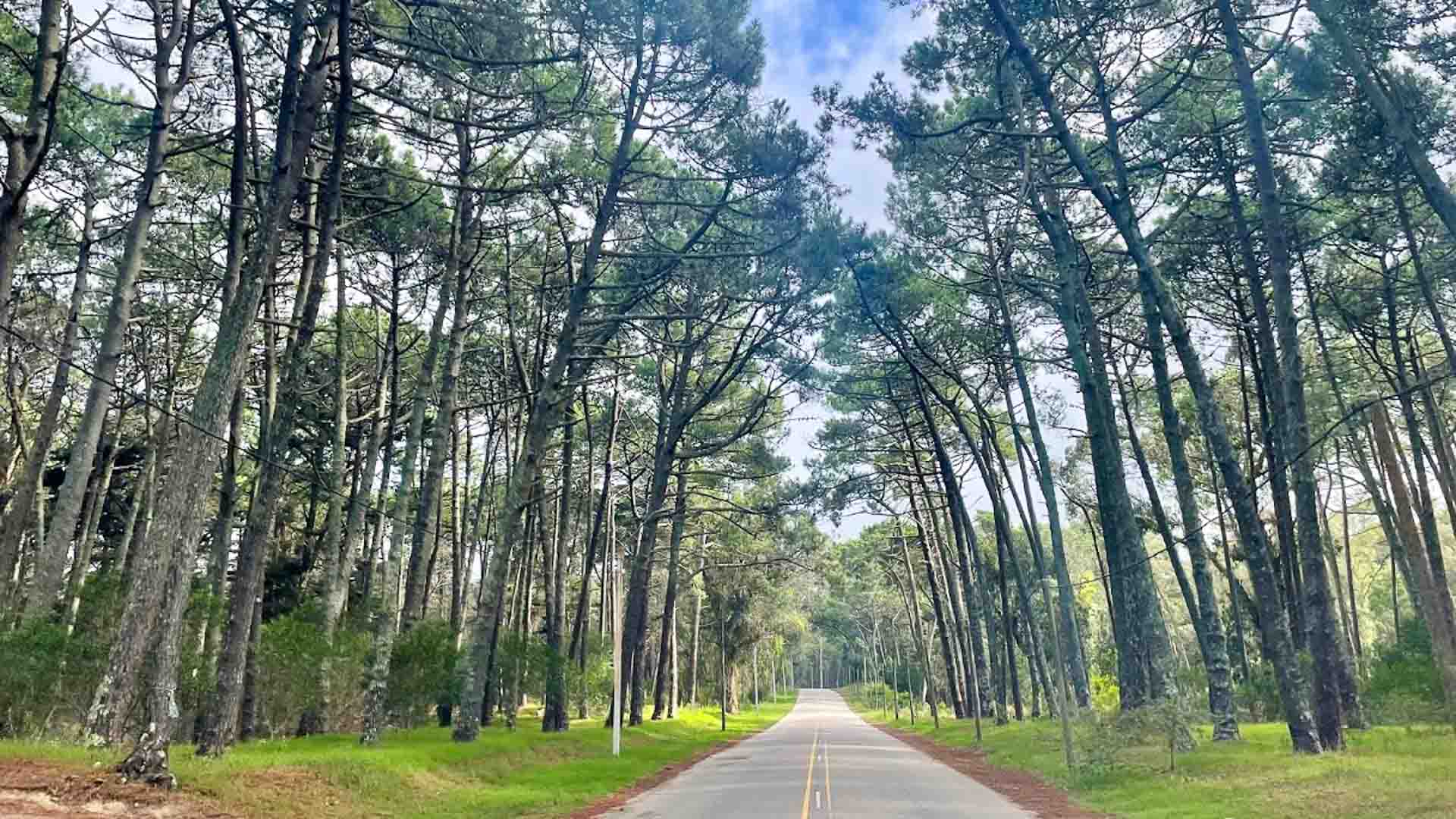


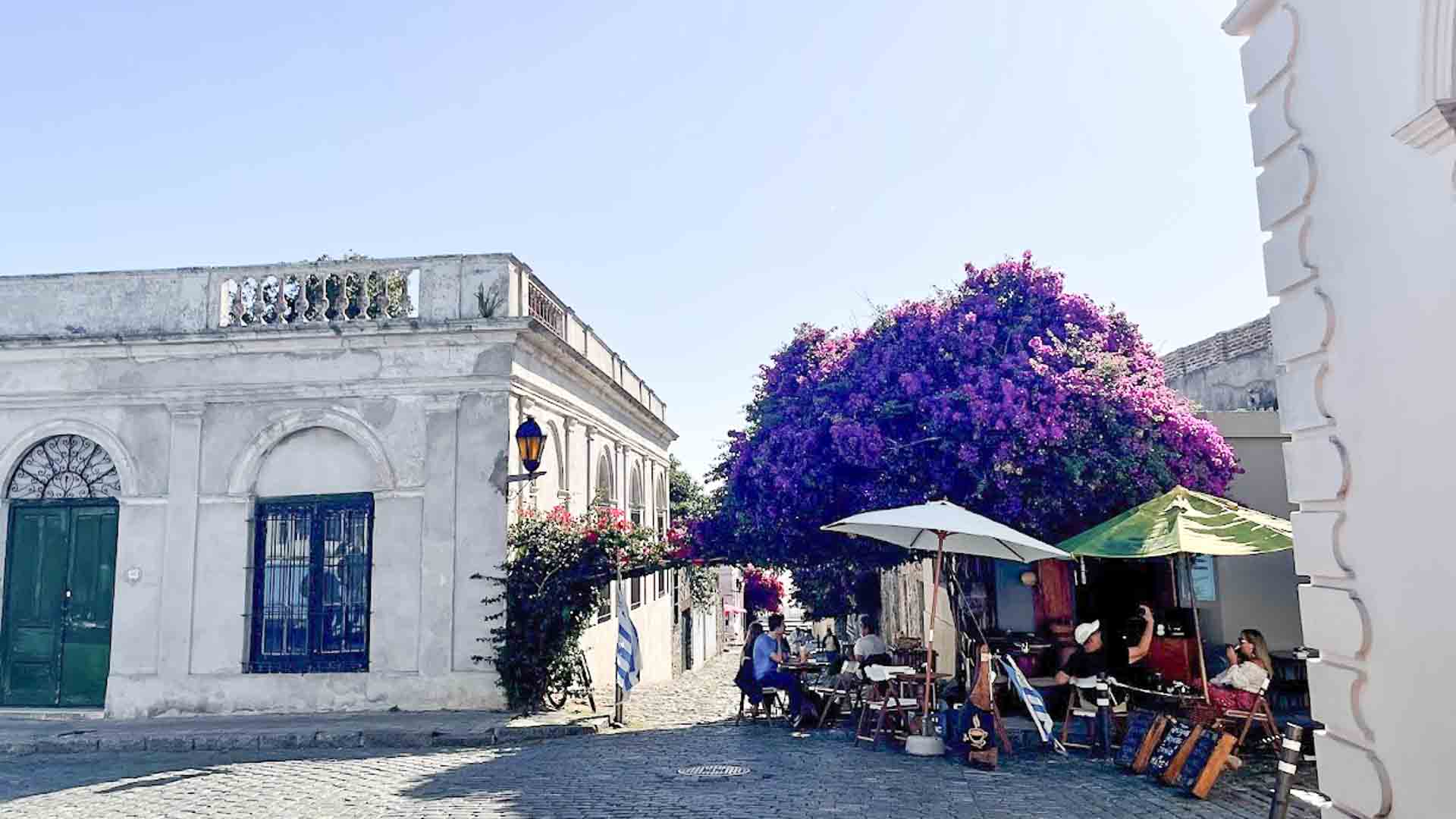
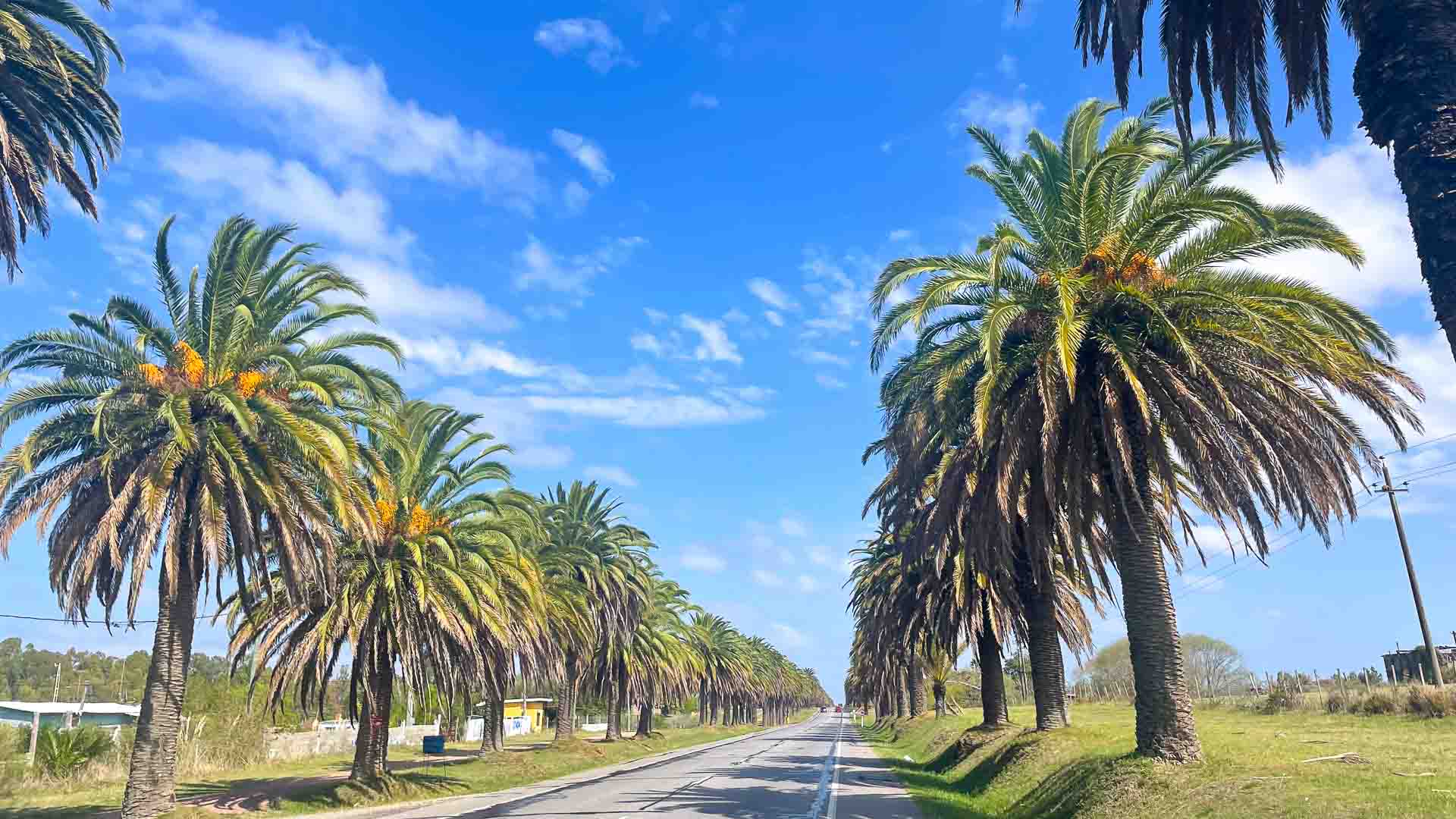
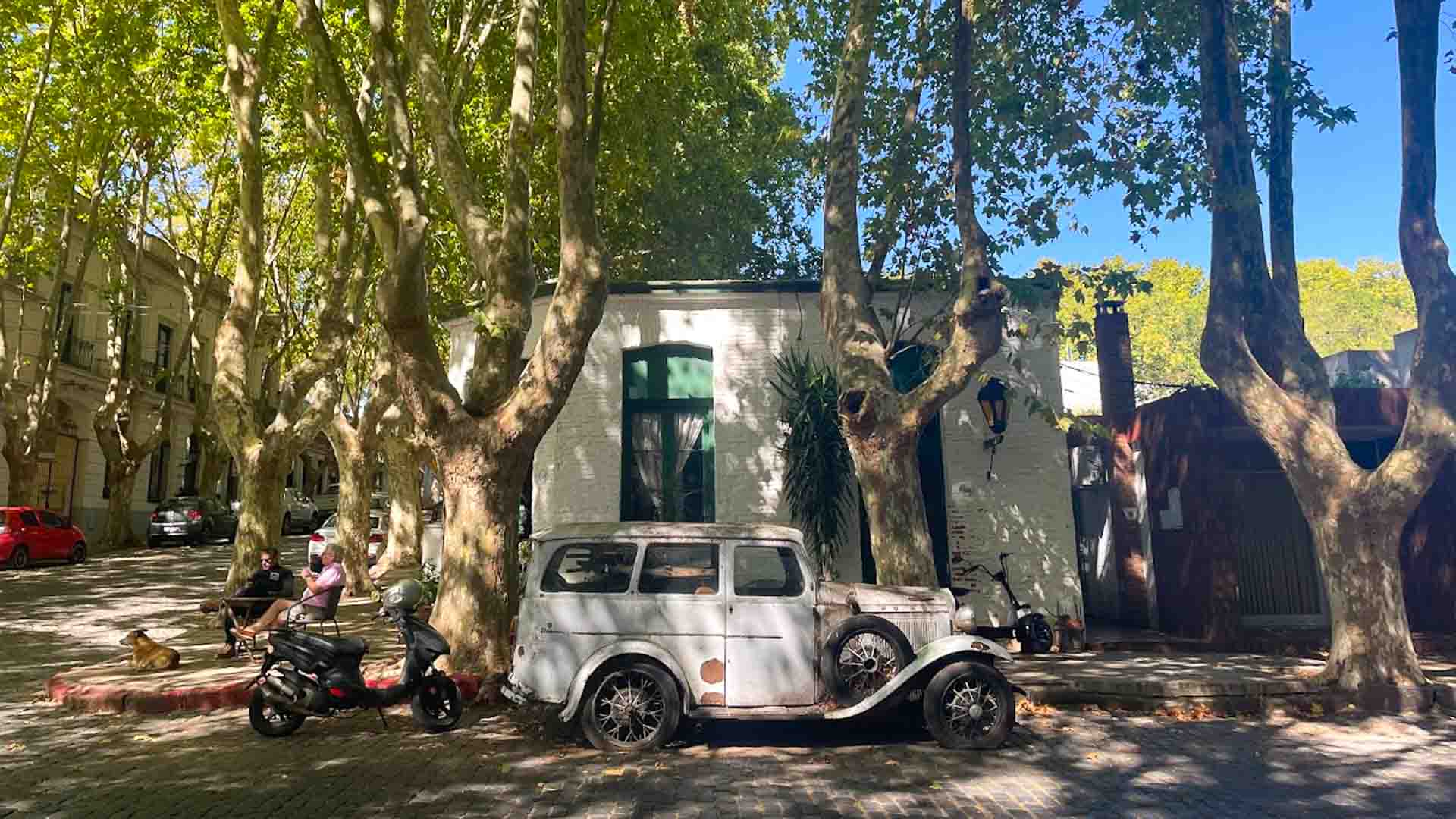
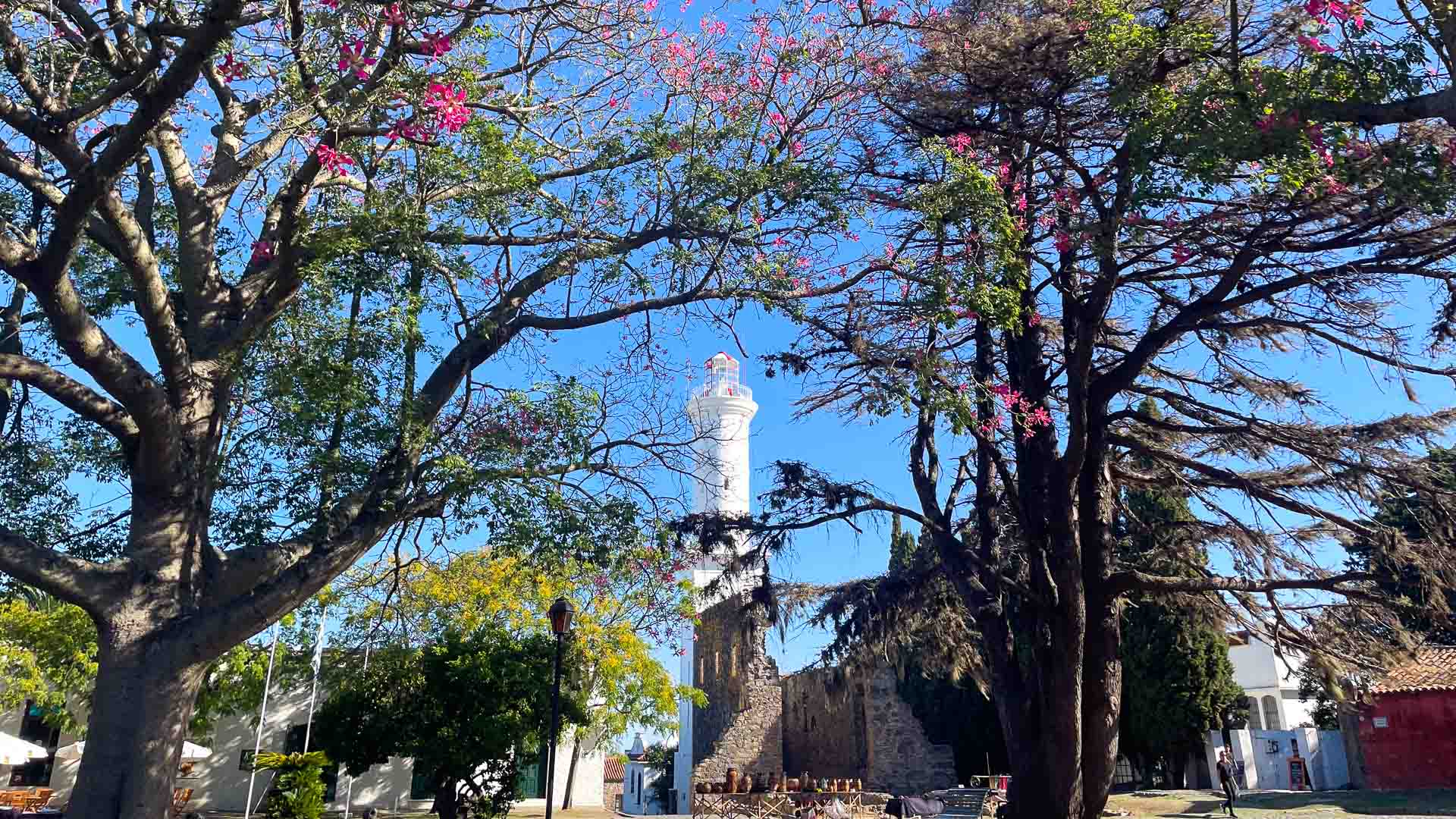
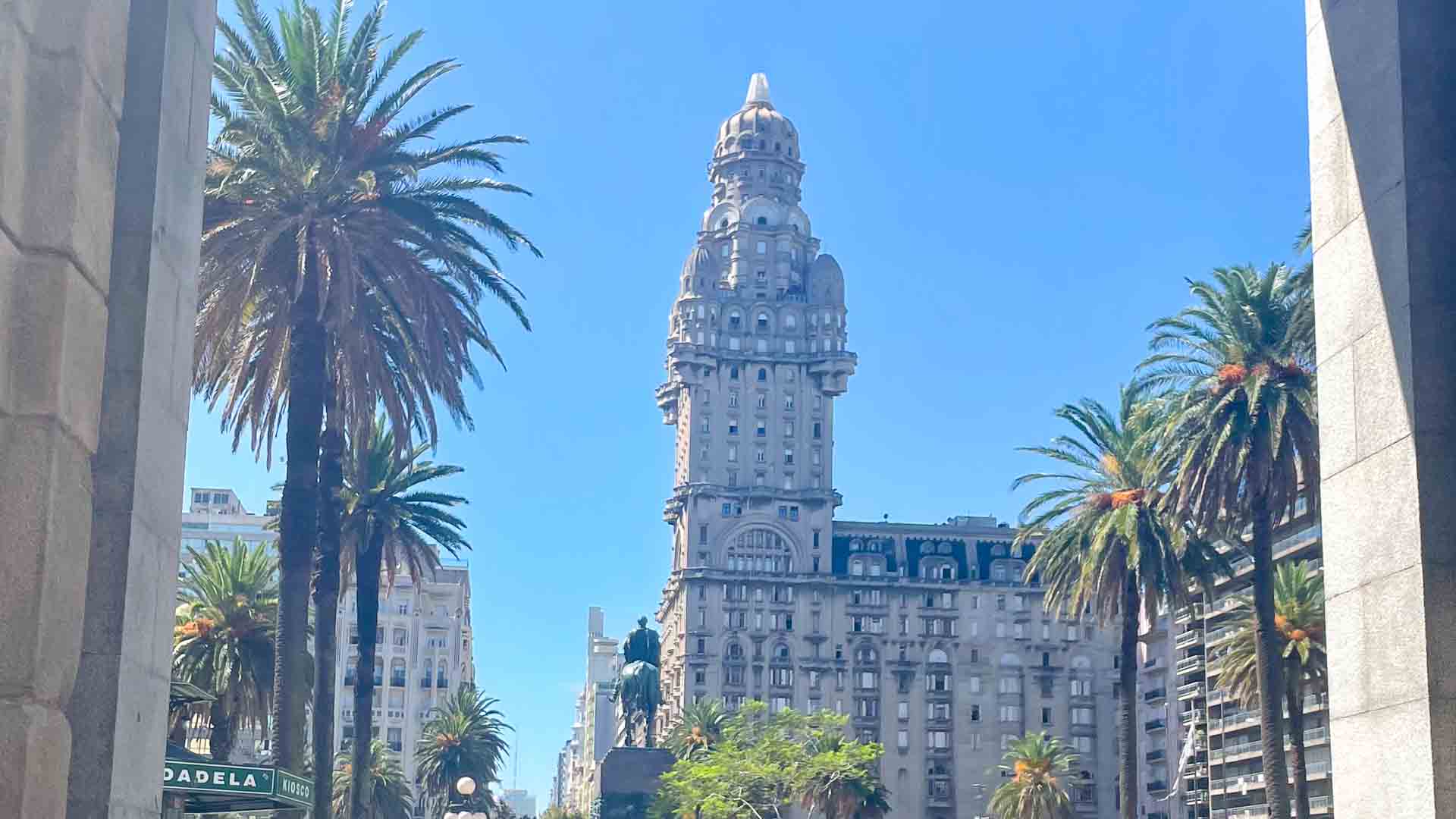
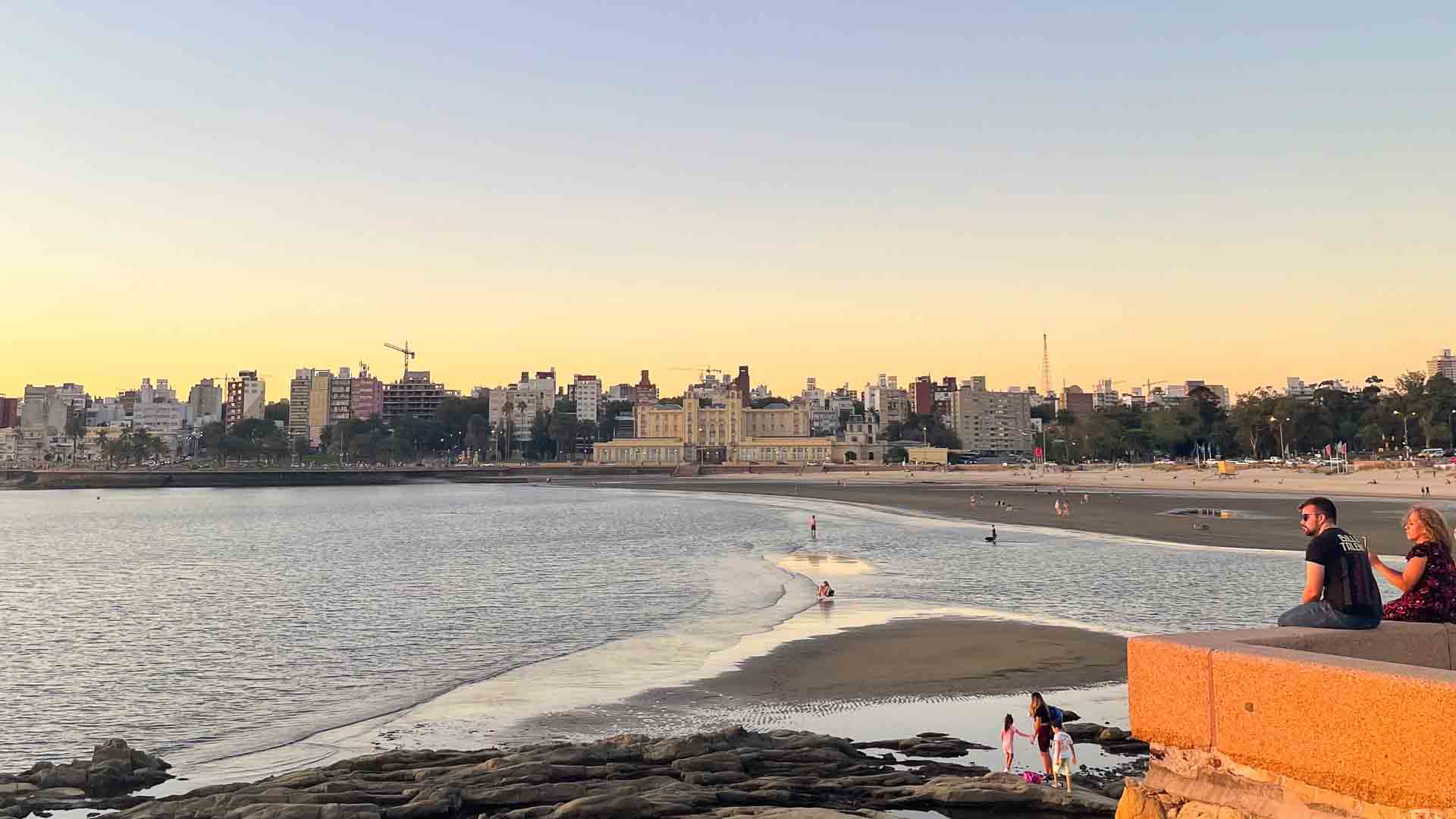
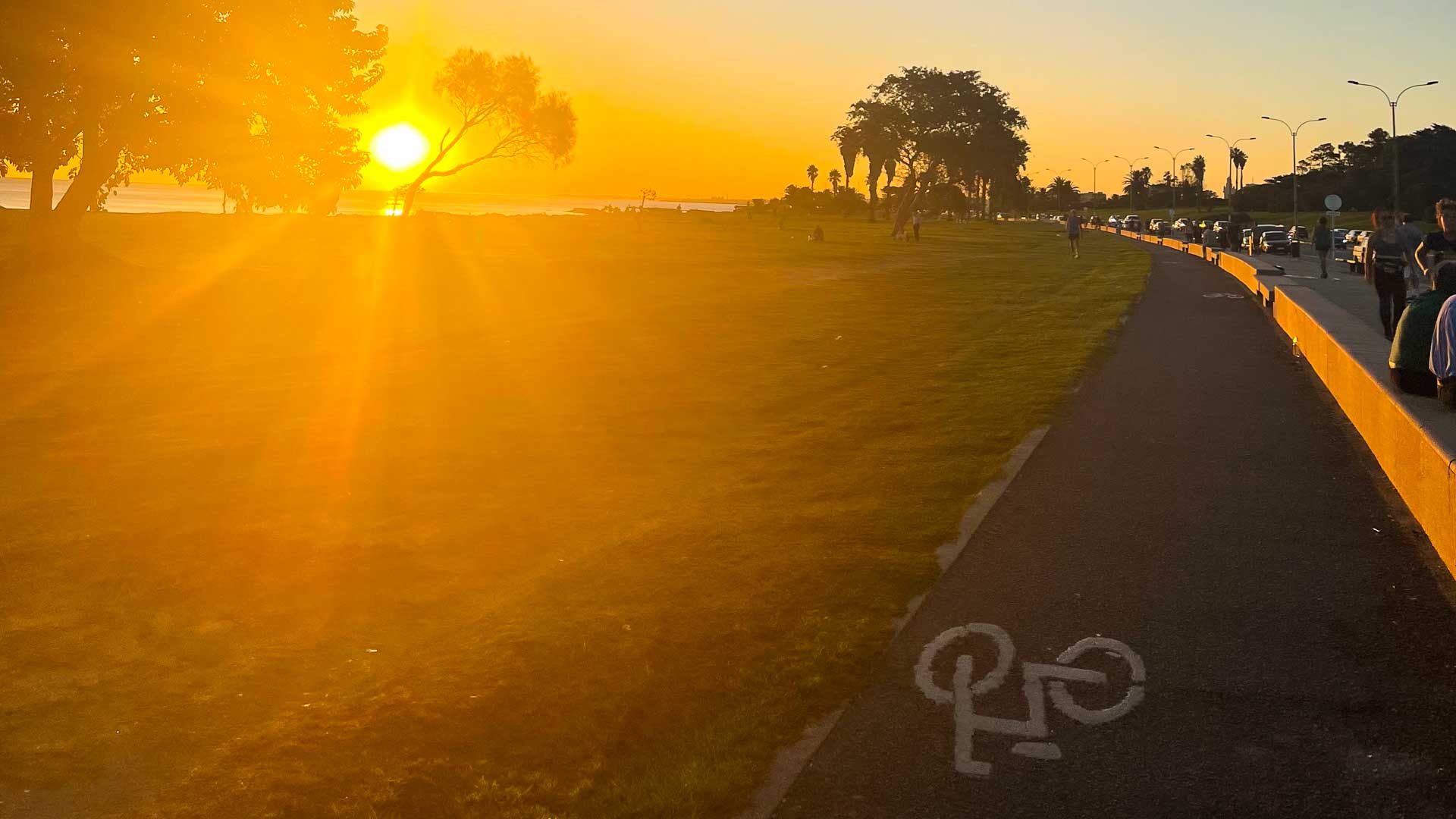
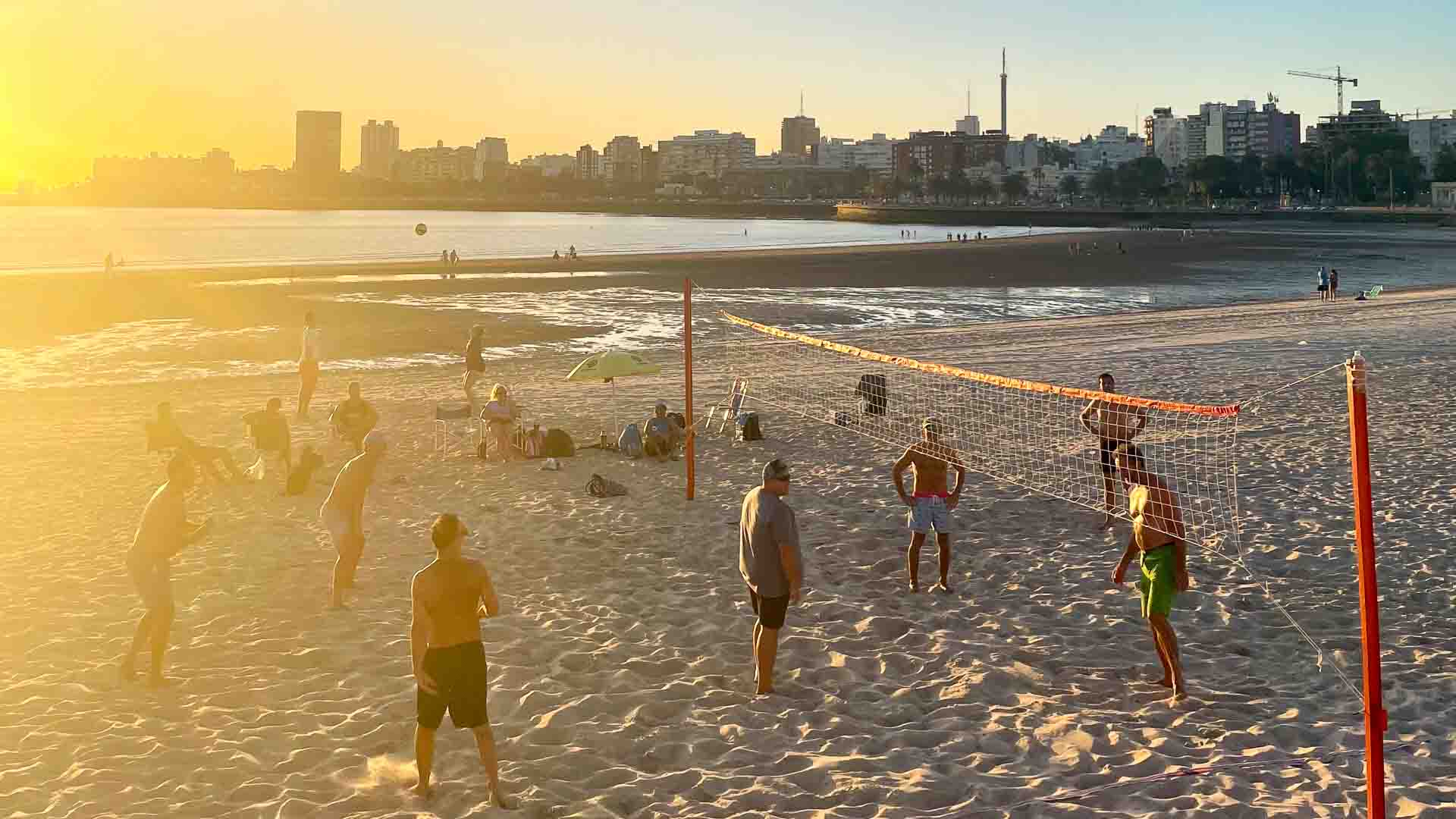
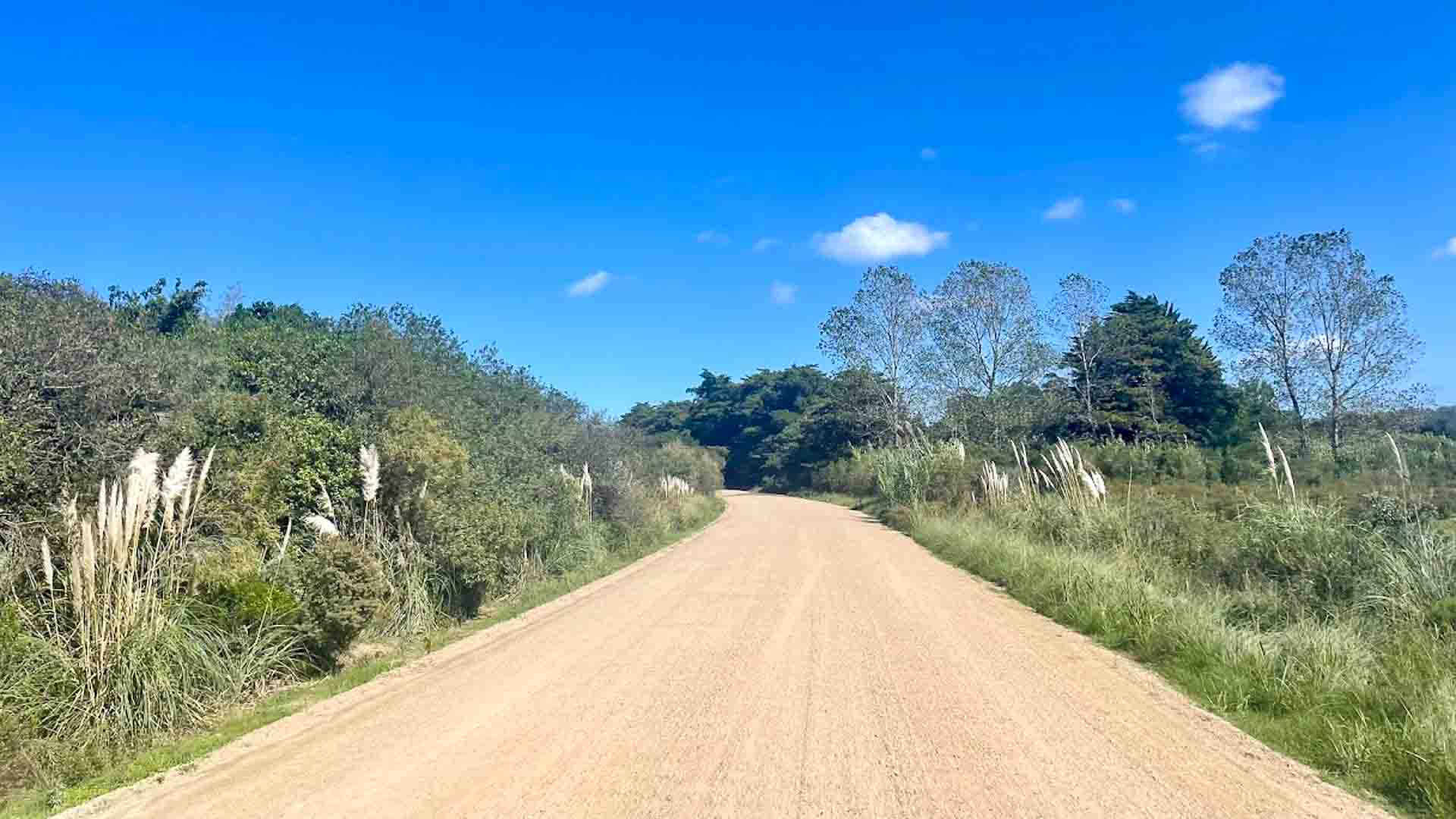

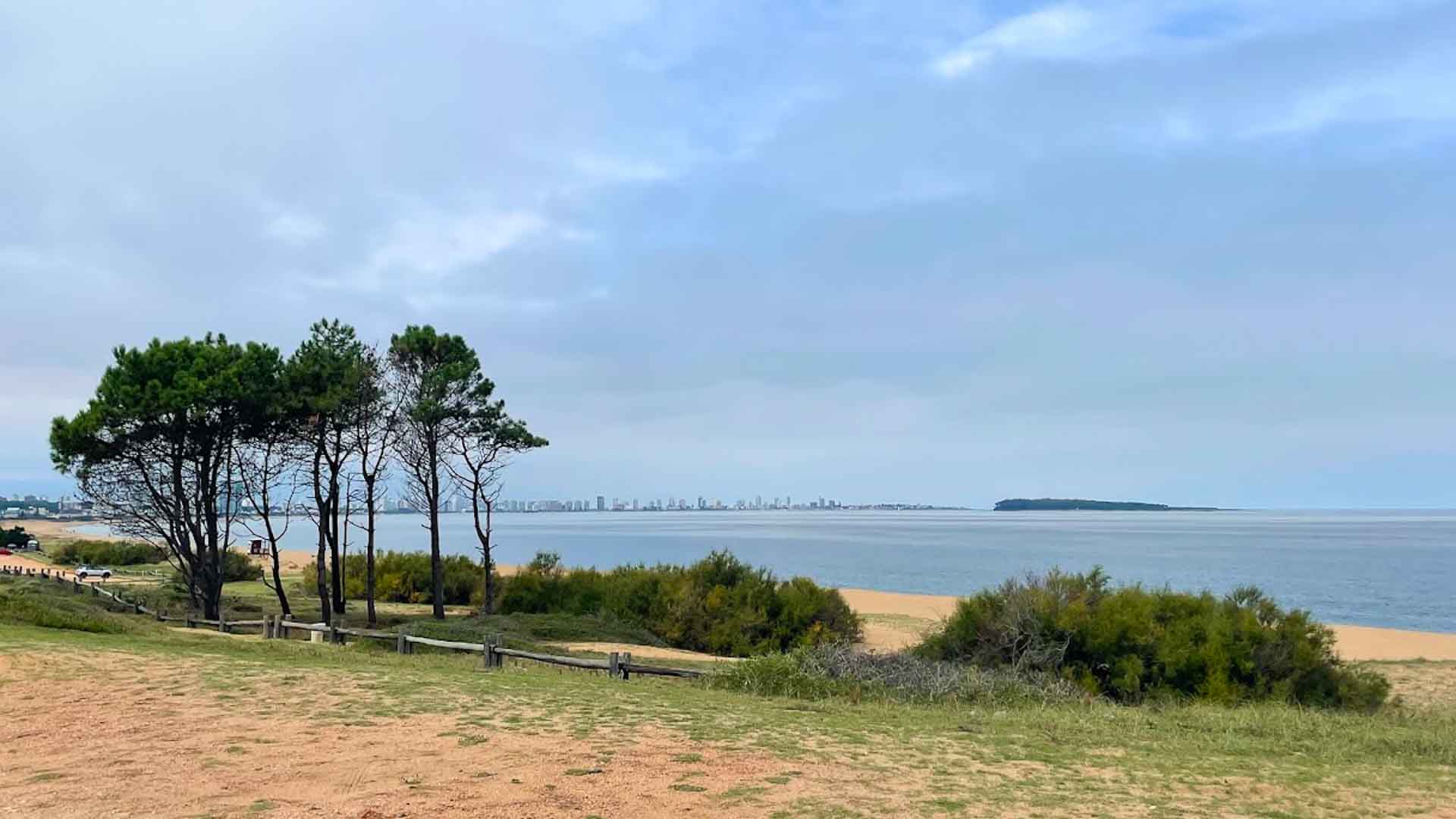
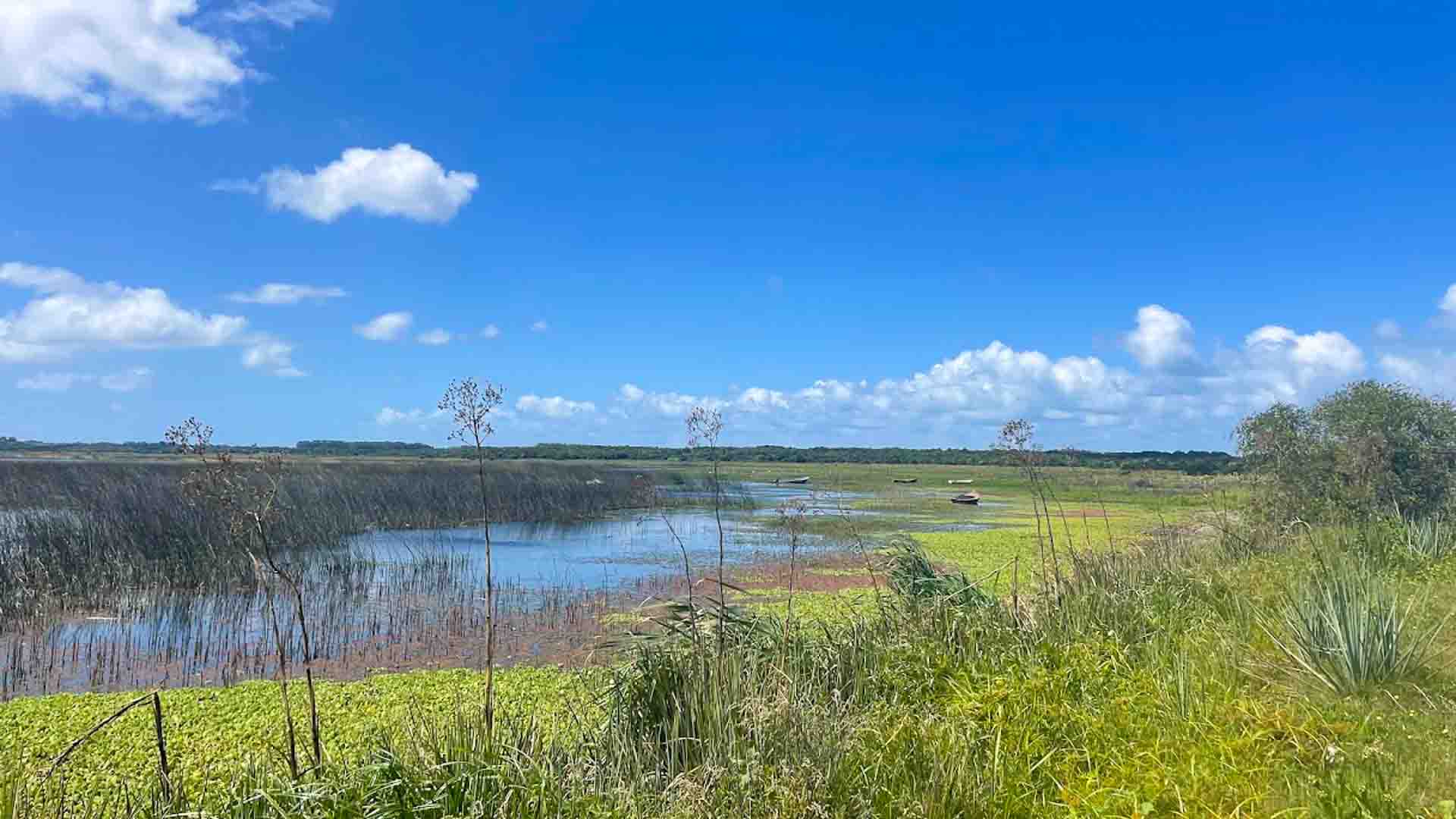
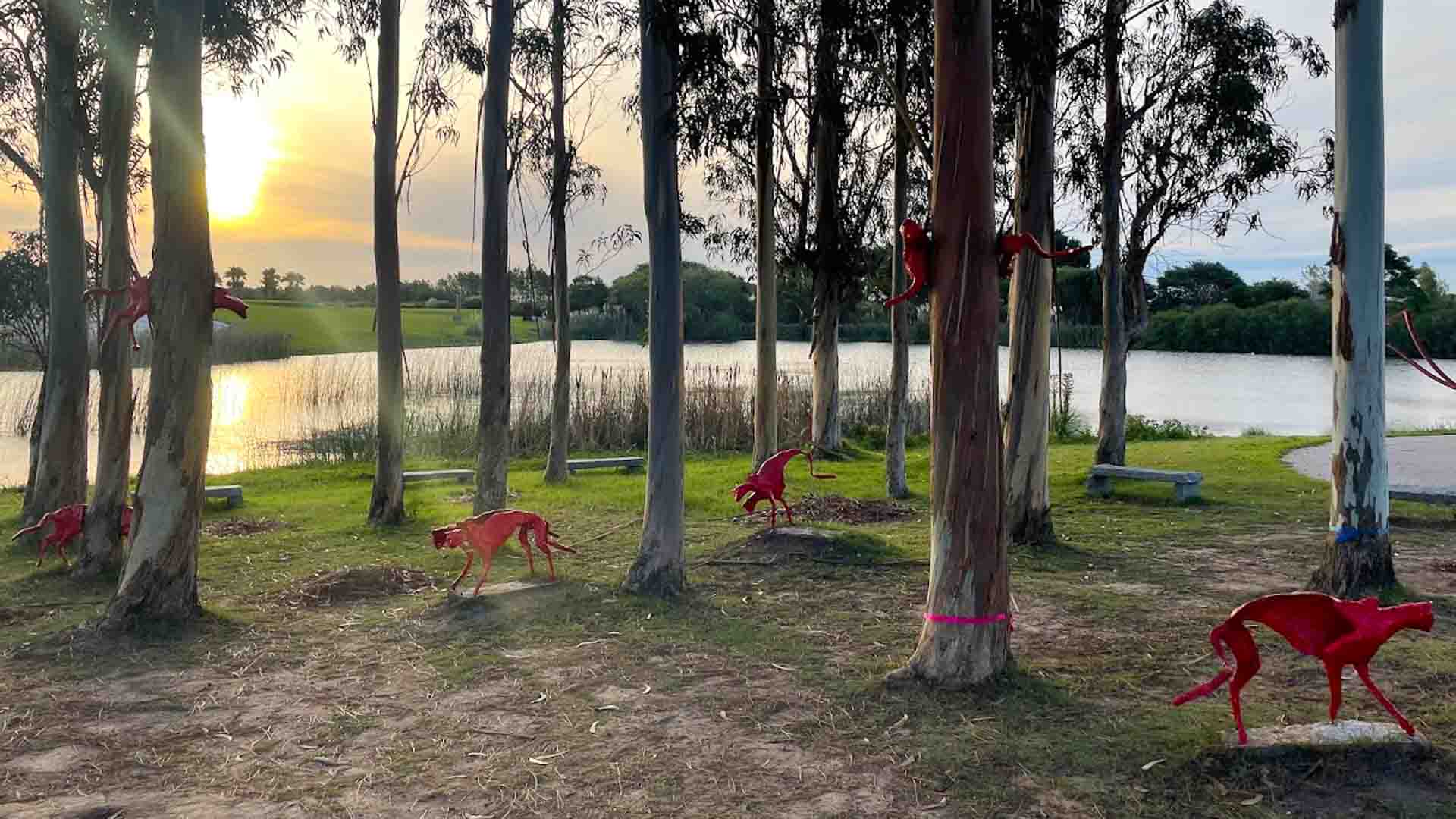
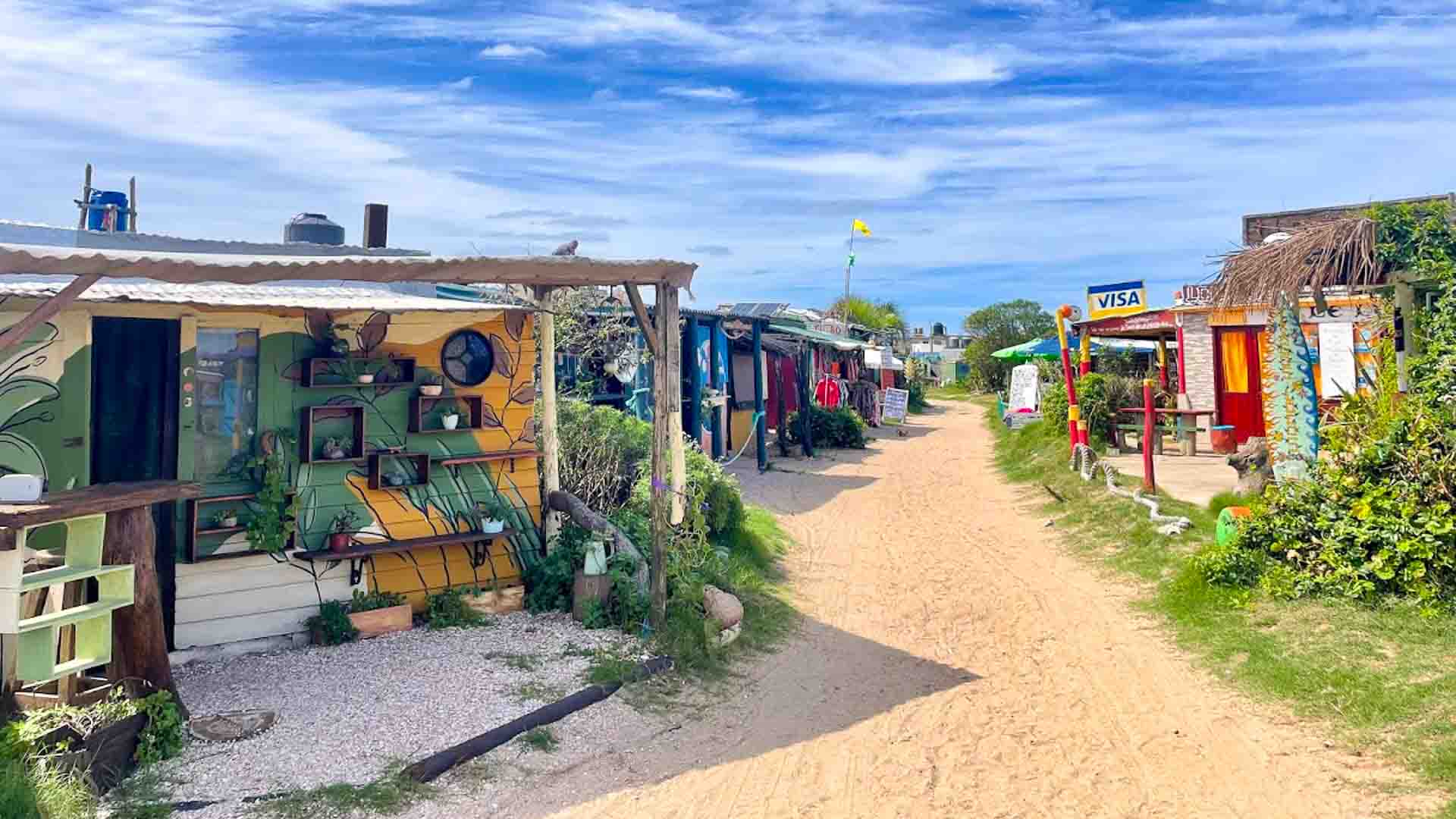
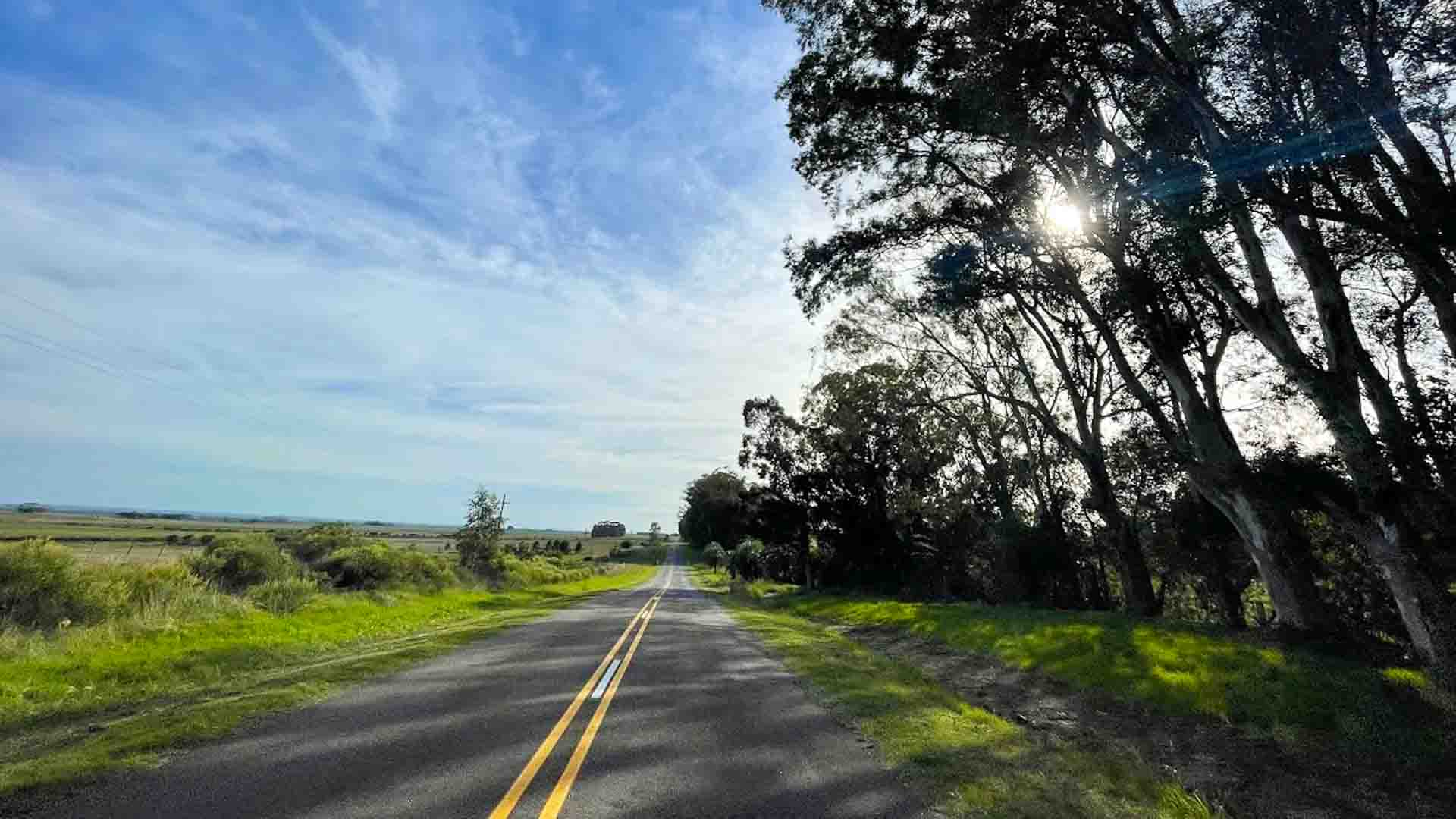
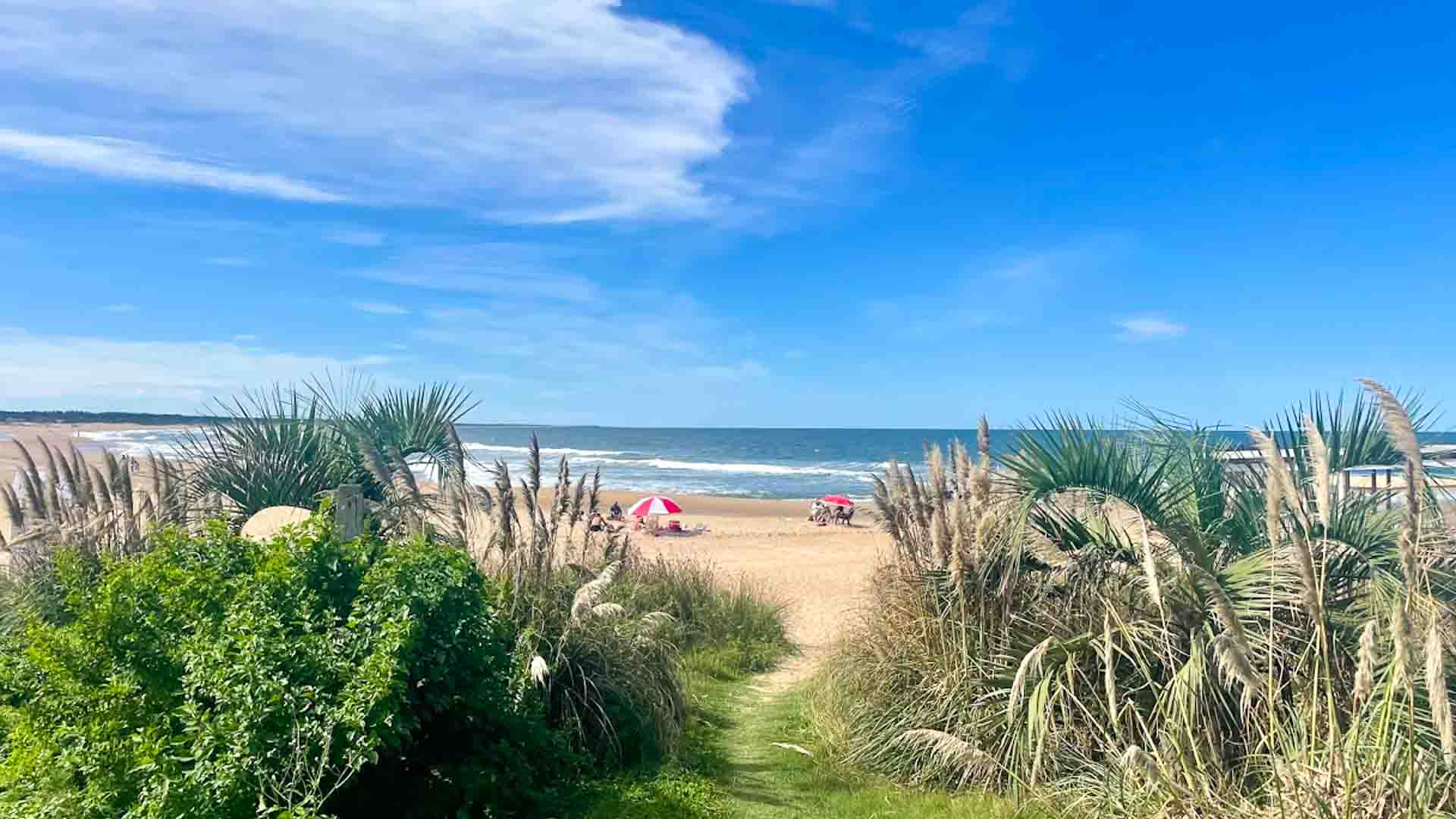
Comments